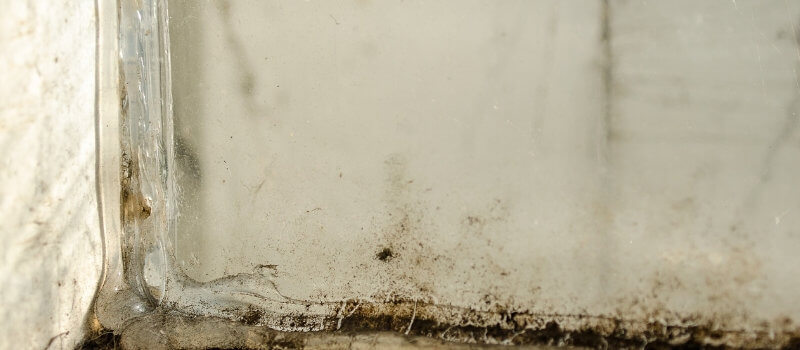
Top 10 Things You Should Know about Mold
Nothing strikes fear in the hearts and minds of homeowners, home buyers and realtors than the word, “mold.” To help alleviate fear and encourage greater understanding, we would like to share what we believe are the top 10 things you should know about mold:
1 Mold is naturally occurring
Mold was here on Earth long before man. Even if your home is pristine, you will still likely have mold inside your home. If the environment outside your home contains mold, which it most likely does, mold will make its way into your home through the outdoor air that enters through open doors and windows, as well as through normal air infiltration.
2 Mold can be found in nearly every home
Yes, mold can likely be found in nearly every home, because where there’s moisture and organic material, mold has what it needs to grow.
3 Mold is typically not a problem unless occupants of a home have allergy or asthma issues
At some point, man developed allergies to mold. Mold can also trigger asthma attacks in some people. The only way to know if you’re allergic and which types of mold you may be allergic to is to be tested by a medical doctor.
4 Mold is typically not a problem in homes unless it becomes airborne
For those with allergies or asthma, mold can result in a number of breathing and health issues – if mold spores become airborne.
5 A “mold swab” or “mold sample” does nothing to tell if mold is airborne
A mold swab can tell you if mold is present, as well as how much and what types, but it will not indicate if mold is airborne. A mold swab typically confirms what the person doing the testing already knows – mold is present and visible. A mold swab is much like testing moldy bread; you know mold is on the bread because you can see it.
6 Testing protocols must be followed very strictly to produce accurate results
For example, the protocol for most mold swabs or samples is to swab an area of no more than one square inch. If more than one square inch is tested, results may be elevated and inaccurate.
7 Indoor air sampling will tell how much mold and what types are airborne
Indoor air sampling must also follow strict protocols in terms of time and air volume tested, but this test will provide you with detailed information about levels of mold in the air you breathe, as well as what types are present. This test should also compare indoor air samples with a least one outdoor sample to determine if mold is growing inside the home or infiltrating into the living space from the outdoors.
8 In most cases, mold can be cleaned up by homeowners themselves
According to the EPA, homeowners can clean up mold themselves if the area containing mold is less than 10 square feet. Here’s more information about cleaning up mold safely: https://www.epa.gov/mold/mold-cleanup-your-home#TipsandTechniques Why pay for costly remediation if you can do this yourself?
9 Mold is the result of moisture issues
Preventing the growth of mold is as simple as identifying where moisture may be coming into your home and then preventing that excess moisture from entering. Believe it or not, the most energy efficient homes can actually trap moisture, resulting in conditions very conducive for mold growth.
10 Don’t be afraid!
More real estate deals today probably fall apart because of mold than any other reason, but it doesn’t have to be this way. Educate yourself and obtain expert advice to not only understand more about mold, but to also learn how to remove it safely. Costly remediation isn’t always needed!
If you have questions about this article or need further information and expert advice, feel free to contact Housebusters Inspection Services. We’re very happy to share our expertise on this very important real estate issue!
Leave a Reply
You must be logged in to post a comment.
